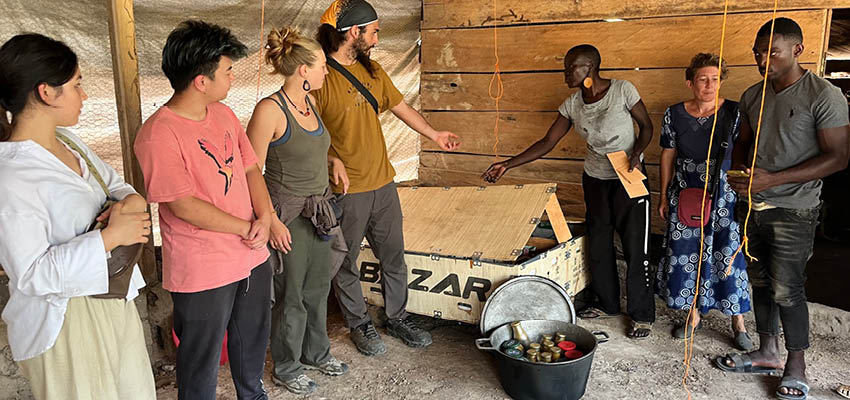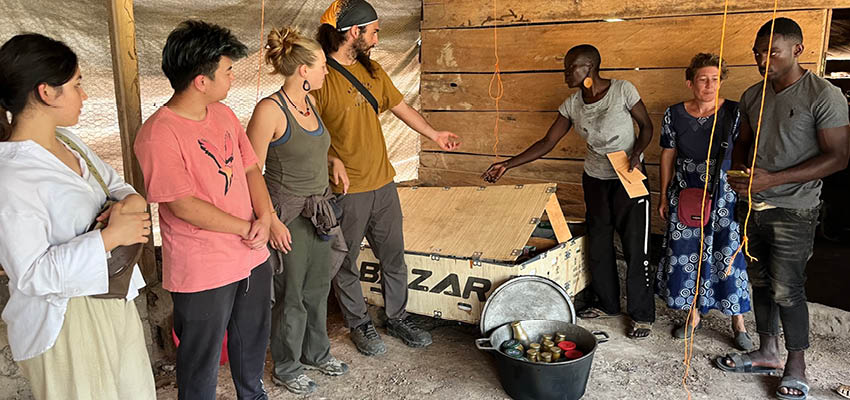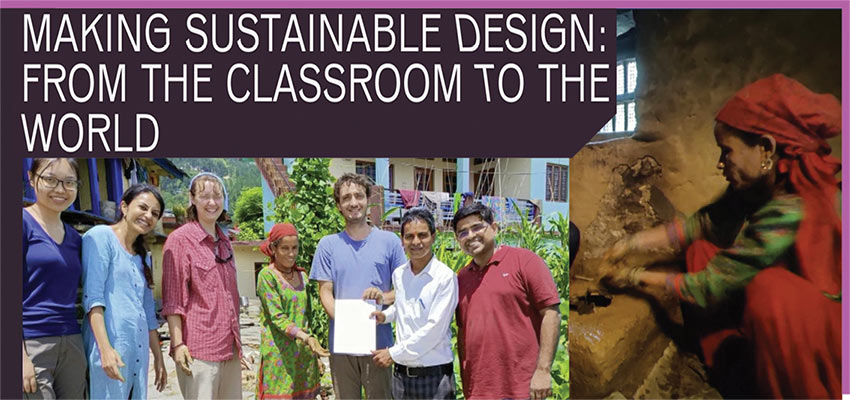
A safe, off-grid chicken brooder designed to reduce losses and improve livelihood outcomes for poultry farmers in developing countries
Using participatory design methods to engineer a safe and efficient off-grid brooder for smallholder poultry farmers in Cameroon the project team's goal is to ultimately disseminate the off-grid brooder technology through D-Lab's broad networks.
Poultry: a key to reducing malnutrition in rural areas
Poultry is an inexpensive protein source that contributes to reducing malnutrition and generating income in rural communities. About 70% of the world’s estimated 16 billion poultry are in lower- and middle-income countries (LMICs) where demand is expected to nearly double in the next 20 years.
The economic risk of small-scale chicken farming
Newly hatched chicks cannot control their body temperature in the first few weeks of life, so a heated enclosure called a brooder is used to keep chicks warm. Aside from feed, the major input for rural poultry farmers is firewood to supply heat to maintain a brooder temperature of 33-35°C, where electricity is not available. The economic risk of small-scale chicken brooding in Cameroon is due to the high expenditures during the early life of the brooder chick, the relatively high mortality rate, and the small profit margin on chicks that survive and reach the market.
Using phase change materials to reduce the cost of off-grid chicken brooding
and community partners in a participatory design process to advance an off-grid brooder solution and test its efficacy during field demonstrations at small farms in Massachusetts and Cameroon. Given their predictable and isothermal heat output, phase change materials (PCMs) are well-suited for off-grid poultry incubation and brooder applications and are central to the proposed solution. An economical and appropriate PCM system will be designed, demonstrated and disseminated to solve challenges for smallholder poultry farmers.
Community partners
Over the life of this project so far, D-Lab has worked with the following partners:
- Antena Foundation
- African Solar Generation
- African Diaspora Council of Switzerland – Branch Cameroon
MIT students and alumni
Since fall of 2021, over the course of six semesters, this project has engaged 26 students from the MIT D-Lab classes Introduction to Energy in Global Development and Applications of Energy in Global Development with three student groups traveling to Cameroon to work with partners in-country.
The project has gained additional support through the dedicated efforts of former D-Lab students included Ahmad Zakka MIT MSc'23, Joshua Maldonado MIT '23, and Aly Kombargi, a current MIT PhD candidate. You can find their March 2024 slide presentation on the project here.
This project has been funded in part by MIT J-WAFS through the research project Safe off-grid brooder for Cameroonian poultry farmers.
Team/Contact
Dan Sweeney, MIT D-Lab Research Scientist






